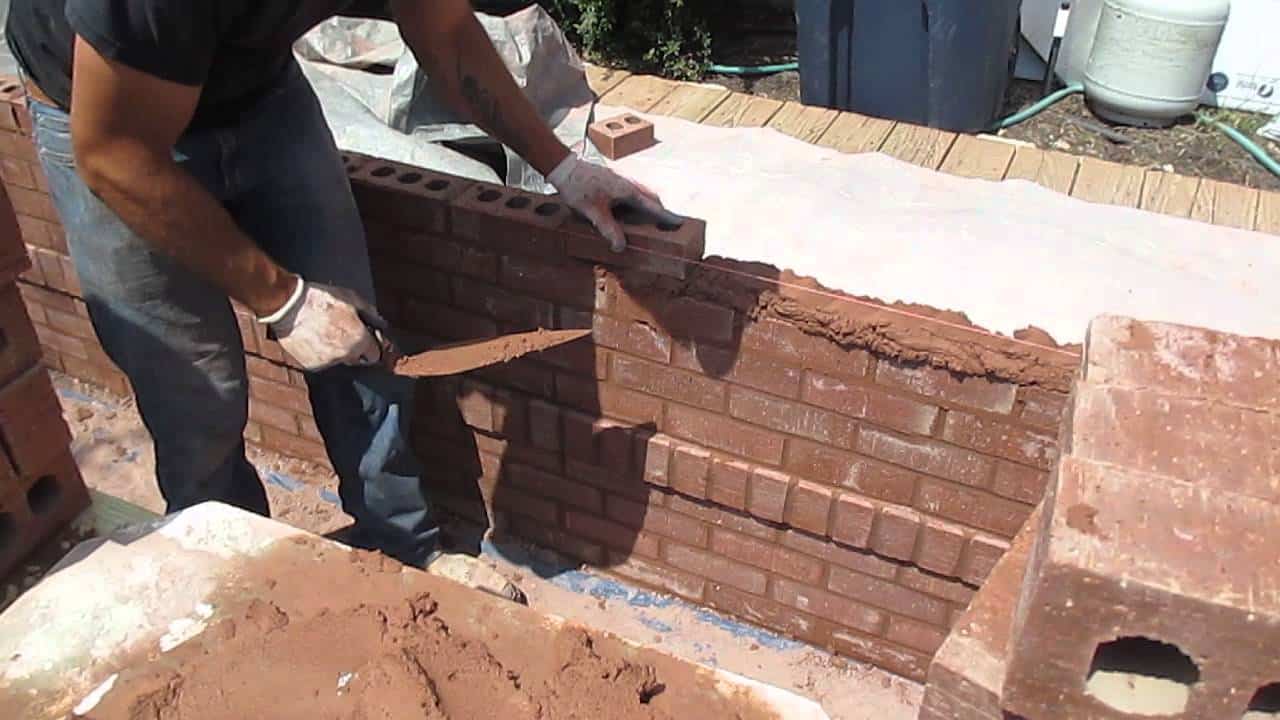Block Mortar Joints
In the construction of any building, bricks and cement is used and for binding or joining them with each other, mortar or grout is required. Mortar joints can be combined in various styles such as raked, grapevine and weathered, etc. Block joints are composed of cement, graded sand; therefore it is combined with polymers to make a thick paste of 2-3 mm layer.
To join mortar with bricks, different tools can be employed to get the desired results. Jointers are run through the blocks before it becomes solid and loses its adhesive capability.
Various kinds of block mortar joints are mentioned below:-
- Weather Joint:-In this kind of block joint, the top corner is tilted or has a gap with upper brick whereas the lower edge has a similar length to that of both bricks. Owing to its downward slope, it lets the water pass through the joint. However, the grout must be in a liquid state to be able to be adhesive enough, otherwise, there will be a risk of water leakage through the underside of the joint and cracks will prevail from within.
- Concave Joint: – For creating a concave effect in the mortar joint, a curved steel tool is required. This is one of the most famous kinds of block joints created by masons due to its high water penetration quality and tight sealing property.
- V Joint: – This is named so because the joint is in V – shape, it is least desirable because it doesn’t provide water protection and due to which water can be penetrated easily through bricks.
- Struck Joint: – It is exactly opposite to that of weather joint as the upper corner has a similar length to that of bricks while the lower edge is recessed. This mortar joint is also not favorable because it pulls water and stores within the joint and lacks a water penetration quality.
- Raked Joint: – Commonly, this joint style is also used, however, due to its shape, lets water settle in the blocks. Because mortar has a distance of nearly 2mm from the edge of the brick due to which it fails to provide enough cover to bricks and not advisable to be utilized for exterior walls which are prone to external risks.
- Flush Joints: – These joints don’t have any gap with bricks and are used mainly by masons where the bricks require plastering. However, this joint requires more time and effort to create and make it water-resistant.
- Grapevine Joints: – Such kind of mortar joints were famous in the colonial period. Grapevine is an effect created with the help of grapevine jointer, which is metal and when applied makes depresses division within joint inward which are straight, but have rough edges.
Benefits of Block Joints:-
- Productivity: – Block mortar suppliers make enough efforts to create such material for supplier’s makes which is advantageous and ensures a high level of productivity. After applying mortar, the walls become stable for one hour. It allows the installation of roofs and other components and saves time and raises productivity.
- Airtightness:- Commendable amount of airtightness can be achieved by thin joint technology, as it improves performance level and prevents it from being affected by air elements, whether hot or cold waves.
- Improved appearance: – It serves an aesthetic purpose as well. Because in-wall making, nearly 20% contribution is of grout and it gives the finished surface effect.



